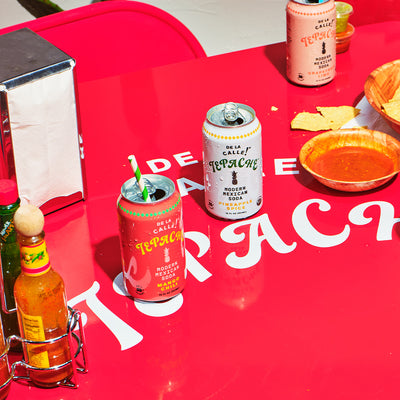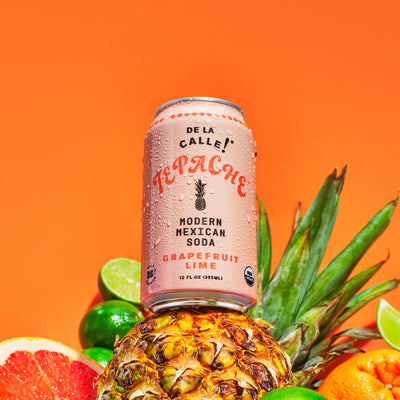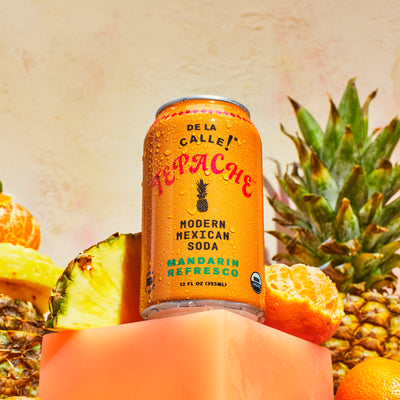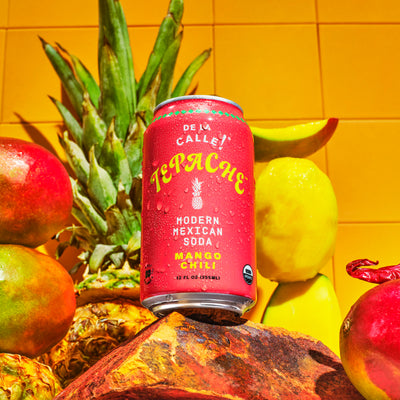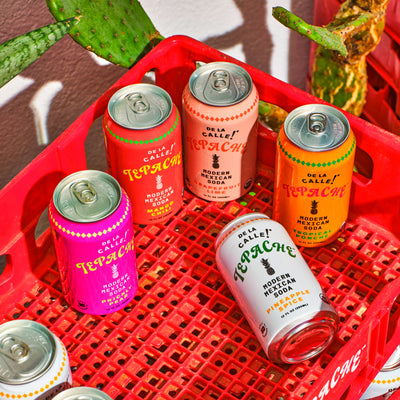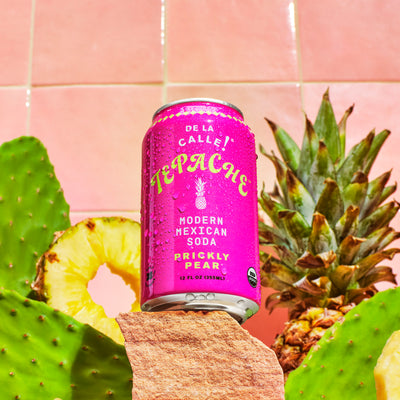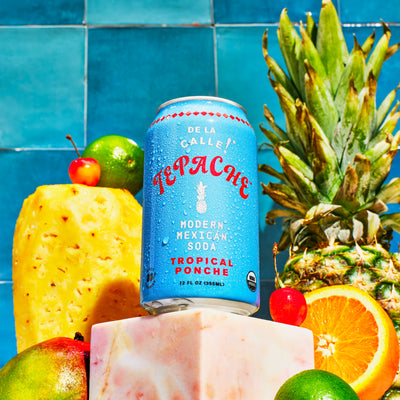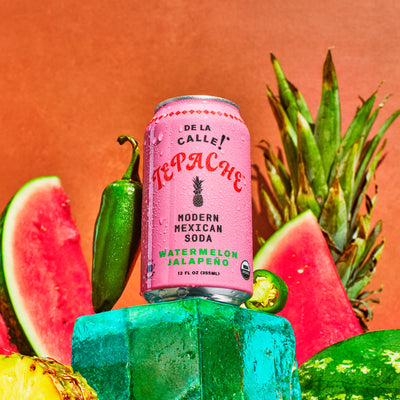Finding the Best Prebiotic Foods to Add to Your Diet

Probiotics have quickly become one of the most talked-about items in the health food world. While you might be familiar with all kinds of probiotic drinks and supplements, you might be less familiar with prebiotics. This article will take a close look at prebiotics and provide you with some of the best prebiotic foods you can add to your diet.
An Overview of Prebiotics
Prebiotics are the dietary fiber that feeds the “good” bacteria in your gut. Although we are accustomed to thinking about bacteria as bad because it is the stuff that makes us feel sick and causes infection, there are actually several hundreds of beneficial strains of bacteria that live in your gut.
As with all living organisms, the probiotic bacteria that live in your gut need food to survive. That’s where prebiotics come in. Usually, prebiotic foods contain lots of fiber. Your body cannot digest fiber, so it passes through your system undigested. Once it reaches your gut, it is digested by the bacteria and used as fuel so that it can perform its many essential activities.
The bacteria in your gut protect you from the bad bacteria that cause infections. It also helps your immune system function better, helps limit weight fluctuation, and is thought to combat symptoms of depression and anxiety due to the “gut-brain axis.”
For this reason, it is important to eat a balanced diet full of probiotics and prebiotics. This type of diet will ensure that you have a healthy bacterial balance in your gut so that you can fight off bad bacteria and boost your overall health.
Synbiotics
If food has both probiotic and prebiotic qualities, then it is known as a synbiotic food. Synbiotics are beneficial because they make it easy to reap the benefits of probiotic bacteria and ensure that they stay alive in your gut.
Prebiotic Foods to Add to Your Diet
If you frequently incorporate prebiotic foods and drinks into your diet, it is important to make sure you are providing them with enough fuel in the form of prebiotic foods. Listed below are some of the best prebiotic foods you can add to your diet. If you want to incorporate more prebiotics, make sure you do so in a slow, gradual way because introducing large amounts of fiber quickly can lead to bloating.
Apples
Apples are an excellent source of fiber, and they’re naturally delicious! Most of the fiber in apples is pectin, a specific type of soluble fiber that has prebiotic benefits.
Pectin increases the amount of butyrate in your system. Butyrate is a short-chain fatty acid that can serve as fuel for the good bacteria in your gut and fight off the bad bacteria.
Tepache
Not only is tepache a tasty, citrusy Mexican beverage, it also has both prebiotic and probiotic qualities, making it a synbiotic beverage. Alongside this impressive health benefit, tepache is also a rich source of vitamin C and low in sugar, especially when compared to other carbonated beverages such as soda,
Garlic
Garlic is undoubtedly one of the most beloved herbs, and for good reason. Garlic functions as a prebiotic in your gut by promoting the growth of a specific type of beneficial bacteria. It also stops harmful bacteria that cause diseases from growing. You can incorporate both raw and cooked garlic into your diet to reap its incredible prebiotic benefits.
Onions
Often paired with garlic is another delicious source of prebiotics, onions. Onions are a versatile vegetable that can be enjoyed at any time of the day.
They are also a rich source of inulin and FOS. FOS (short for fructooligosaccharides) are short fructose chains that are not digestible. For this reason, they can travel through the small entrance to the colon, where they are used by probiotic bacteria as a fuel source.
Leeks
Similar to onions and garlic, leeks are packed with nutrients. One of the nutrients in leeks is inulin, a starchy dietary fiber that promotes the growth of healthy bacteria. Alongside its prebiotic benefits, it is also thought that inulin can help control diabetes and weight loss.
Asparagus
Another delicious vegetable that contains inulin is asparagus. The inulin in asparagus feeds beneficial bacteria such as Bifidobacteria and Lactobacillus. It is also thought that the fiber and antioxidants present in asparagus have anti-inflammatory benefits. For these reasons, regularly incorporating asparagus into your diet can help keep both your gut and heart healthy.
Bananas
Although you might be accustomed to simply thinking about bananas as the perfect accompaniment to peanut butter or a smoothie, they are also rich in vitamins, minerals, fiber, and contain some inulin. Specifically, unripe or green bananas contain ample amounts of resistant starch. Resistant starch has prebiotic effects because it cannot be digested.
Barley
Another food with prebiotic fiber that you can incorporate into your diet is barley. Barley contains beta-glucan, a fiber that promotes bacterial growth and can lower the levels of LDL cholesterol (the bad type of cholesterol) in your body. There are several ways you can cook with barley. You can add it to soups in place of noodles, use it in most recipes that call for rice, or serve it cold in a salad.
Chicory Root
Chicory root is less common than the other foods on this list but has just as many health benefits. This root comes from a plant in the dandelion family and has a flavor similar to that of coffee. It is estimated that around 68% of chicory root fiber comes from inulin, the same fiber found in onions, asparagus, leeks, and bananas. Chicory root is also high in antioxidants which can protect your body against the damage done by free radicals.
Oats
If you’re looking for a prebiotic food to incorporate into your breakfast menu, you can try whole oats. Oats contain both beta-glucan fiber and resistant starch, making them very effective prebiotics. The beta-glucan in oats serves as fuel for the beneficial bacteria and can slow digestion and control appetite, making them a filling, nutritious breakfast food.
Flax Seeds
Another great source of prebiotics that you can use in breakfast meals is flaxseeds. Flaxseeds make a delicious topping for oatmeal or yogurt and are extremely healthy. The fiber in flaxseeds functions as a prebiotic and encourages regular bowel movements. This fiber also reduces the amount of dietary fat that your body digests and absorbs, making it a valuable ingredient for anyone interested in weight loss.
Seaweed
Surprisingly, seaweed is another delicious source of prebiotics. Seaweed is the perfect prebiotic food for anyone looking to make their own sushi at home or get more experimental with their soups, salads, and smoothies. A large percentage of the fiber in seaweed is soluble, which means that it can nourish the probiotic bacteria in your gut.
Conclusion
Prebiotic foods and drinks naturally contain fiber or starch that your body cannot digest. Given that they cannot be digested, prebiotics move through your body to your colon, where they serve as food for beneficial probiotic bacteria. This probiotic bacteria can boost both your immune and digestive systems.
Some examples of the best prebiotic foods and drinks you can add to your diet include chicory root, tepache, and flax seeds. That being said, you are most likely already consuming foods with prebiotic qualities like apples and onions, so keep up the good gut work!
Sources:

